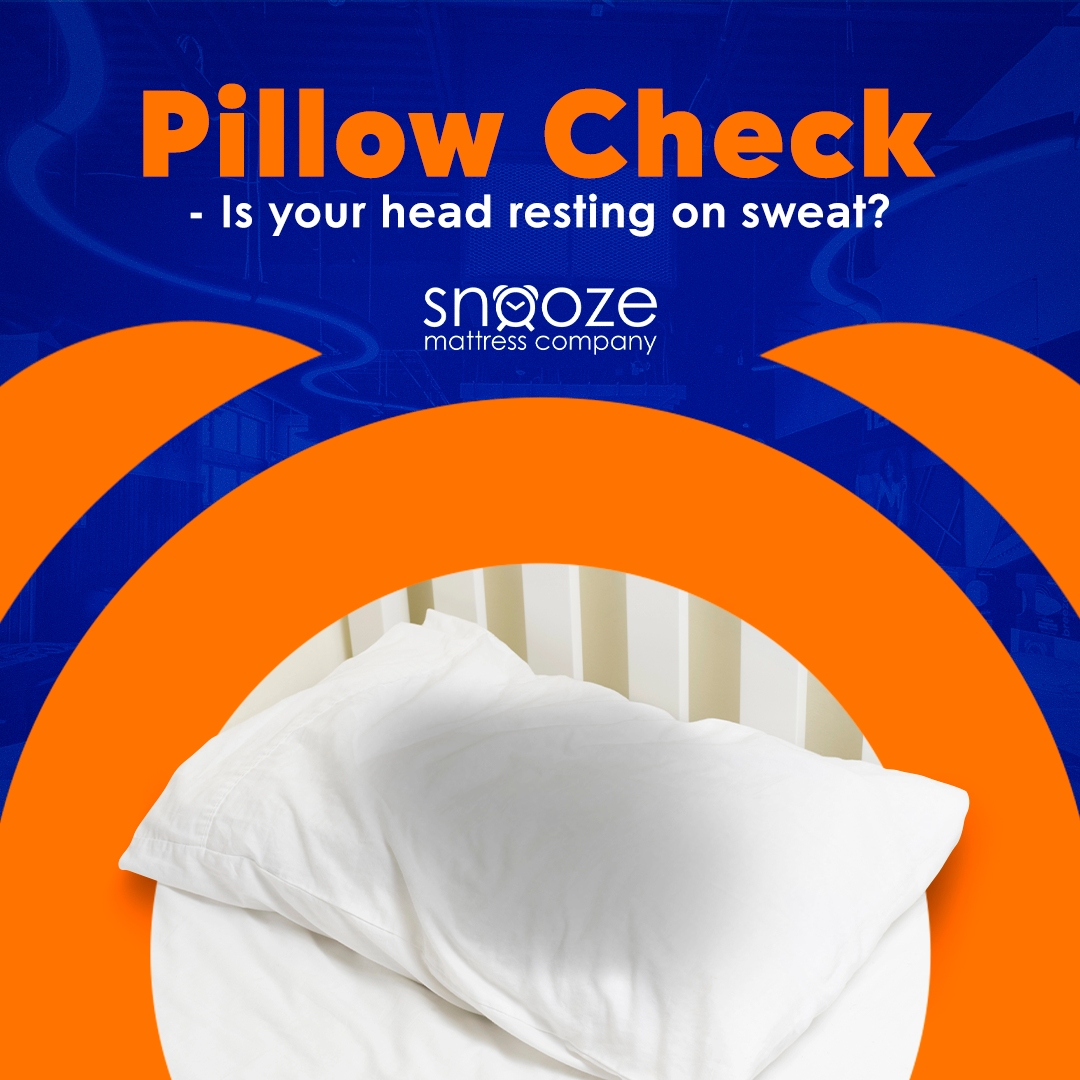Are You Sleeping on a Pillow Full of Sweat? Why It's Time for a Change

Sleep is restorative and refreshing, but what if the very object meant to support you through the night is working against you? It's an unsettling thought, yet many of us might be resting our heads on pillows soaked in sweat. Surprisingly, the average person loses about a liter of sweat each night. This not only affects your comfort but can also impact your health and the longevity of your pillow. Let's dive into why you should consider changing your pillow, how to tell when it's time, how often you should buy a new one, and how to maintain it properly.
Why You Should Change Your Pillow
The primary reason to change your pillow is hygiene. Over time, pillows can accumulate sweat, oils from your skin, dust mites, and other allergens. This can lead to skin irritations, allergies, and just an overall decrease in sleep quality. Furthermore, a pillow that has lost its shape can cause neck and back pain due to improper support.
How Often to Buy a New Pillow
As a general rule, it's advisable to replace your pillow every 1 to 2 years. Of course, this can vary depending on the material of the pillow and how well it's maintained. For example, memory foam pillows may last longer than traditional feather or down pillows.
Signs It's Time to Change Your Pillow
It's Lumpy or Flat: If your pillow doesn't bounce back to its original shape after you press down on it, it's a sign that it's time for a new one.
- You're Experiencing Neck or Back Pain: An old pillow may not provide the support you need, leading to pain.
- Increased Allergy Symptoms: If you notice your allergies worsening, your pillow could be the culprit.
- Visible Stains and Odors: Signs of sweat, saliva, or oils are clear indicators that your pillow needs to be replaced.
Maintaining Your Pillow
Wash Your Pillowcase Regularly: Ideally, your pillowcase should be washed once a week to remove oils, sweat, and skin cells.
Pillow Protectors: Using a pillow protector under your pillowcase can extend the life of your pillow by protecting it from sweat and oils.
Washing Your Pillow: Depending on the material, some pillows can be washed every 4-6 months. Be sure to follow the care instructions to avoid damaging the pillow.
Air It Out: Whenever you change your sheets, let your pillow air out for a few hours to get rid of moisture and odors.
Ways to Protect Your Pillow
Investing in waterproof or water-resistant pillow protectors can be a game-changer. They not only protect against sweat but also prevent other fluids, oils, and allergens from penetrating the pillow. Additionally, consider using hypoallergenic covers to further guard against allergens.
Your pillow plays a significant role in ensuring a good night's sleep. By taking the time to assess its condition, maintaining it properly, and knowing when it's time for a change, you can improve your sleep quality and overall health.

 Find your store
Find your store